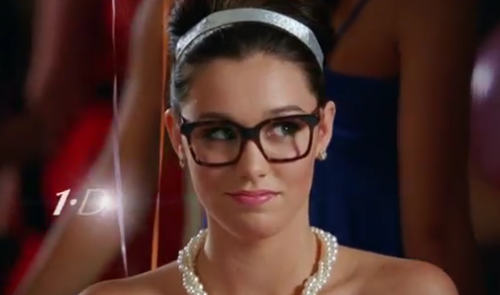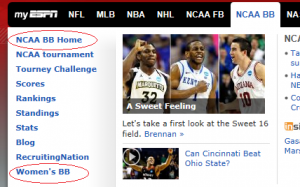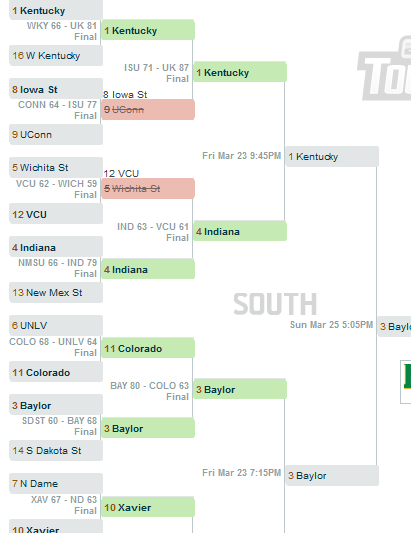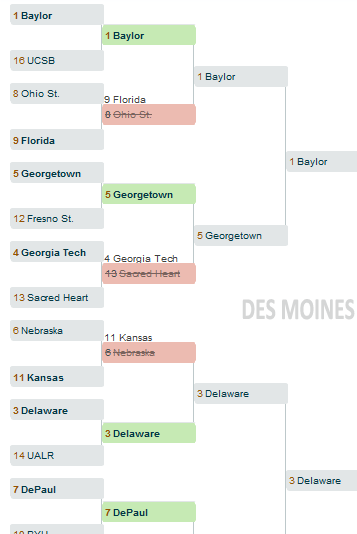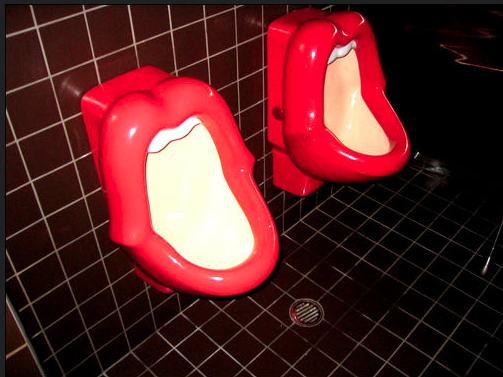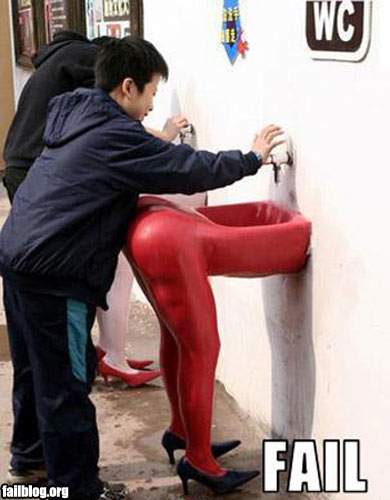Laura McD. sent in an extra-disturbing sexist ad from Turkey. The ad, for Biomen shampoo, uses the ever-so-common marketing tactic of shaming men for any association with femininity. The voiceover says:
If you’re not wearing women’s clothes, you shouldn’t be using women’s shampoo either. Here it is. A real man’s shampoo. Biomen. Real men use Biomen.
So far, so predictable. But this ad has drawn intense criticism because the exhortation to avoid girly stuff is recorded over historical footage of Adolf Hitler:
Via AdWeek.
According to Adland, it was still airing as of a couple of days ago, despite complaints from Turkey’s Jewish community and other groups, but JTA reports it was finally pulled.


